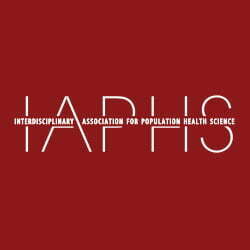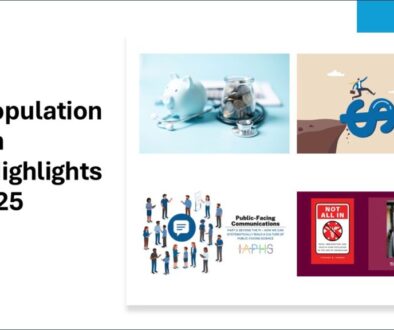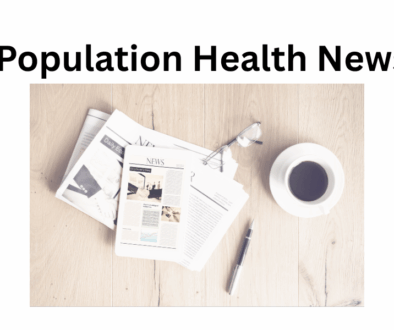September Roundup: Population Health in the News
IAPHS StaffWe curate the most interesting population health news from around the globe each month.
Current events and policy
Disasters, DACA, and drugs

- Disasters and population health (Boston University School of Public Health, August 2015)
- Mitigating the mental and physical health effects of Harvey (JAMA Network, September 11, 2017)
- In South Asian slums, women face the consequences of climate change (Urban Wire, August 22, 2017)
- Heat waves threaten city dwellers, especially minorities and the poor (The Conversation, August 6, 2017)
- Rescinding DACA can harm immigrant mothers’ children (Stanford News, September 7, 2017)
- Overdose & opioids spike in Ohio (Mother Jones, August 31, 2107)
Health disparities
Persistent disparities and intervention points

- Racial disparities remain in US breastfeeding rates (JAMA Network, August 2017)
- Good news and bad news in HIV rates in San Francisco. Disparities remain. (San Francisco Examiner, September 18, 2017)
- Gender specific interventions could help mitigate rising suicide rate (Public Health Post, September 11, 2017)
- The U.S. can reduce socioeconomic disparities by focusing on chronic diseases (Health Affairs Blog, August 17, 2017)
Place and Population Health
Access to quality health care, and what makes places healthier
- Black women and maternal morbidity in NYC hospitals (NIMHHD, 2017)

- Improving health care for rural veterans (VA Academy of Health, Summer 2017)
- Live in Hawaii, need fewer prescription meds (NPR, August 31, 2017)
- Swapping sweet tea for Zumba? What Alabama is doing to improve its health outcomes. (Montgomery Advertiser, September 5, 2017)
- Home gardens increase vegetable intake and food security in San Jose (UC California Agriculture, 2016)
- Food deserts and the policy power of maps (Governing.com, September 15, 2017)






All comments will be reviewed and posted if substantive and of general interest to IAPHS readers.